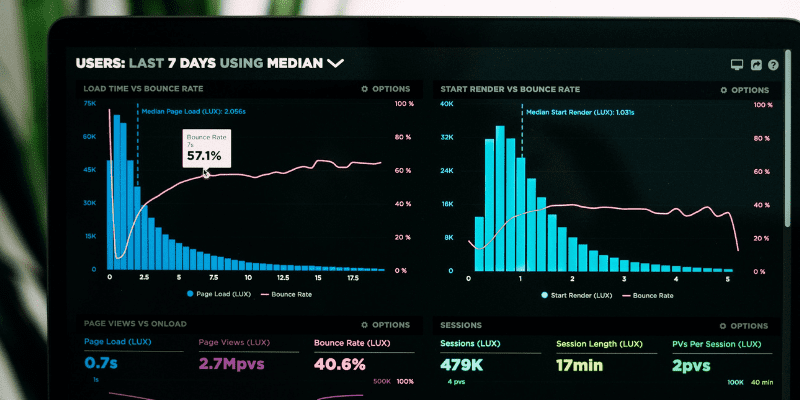Data is the lifeblood of modern businesses, and ensuring its protection and availability is a critical concern. In the event of data loss or system failure, businesses must have a robust backup and disaster recovery plan in place. Two primary approaches for achieving this are Disaster Recovery as a Service (DRaaS) and Traditional Backup. In this article, we will explore the differences between these two options and help you determine which one is the right choice for your business.
Introduction
Understanding Traditional Backup
Traditional Backup, often referred to as on-premises backup, is a well-established method for data protection. It involves creating copies of your data and storing them on local servers, tapes, or other physical media. Here are some key characteristics of Traditional Backup:
Data Backup Frequency:
Traditional backups are typically scheduled at specific intervals, such as daily, weekly, or monthly. This means that there may be a gap between the backup points, resulting in potential data loss.
Infrastructure Requirements:
Traditional backups require businesses to maintain their own backup infrastructure, including servers, storage devices, and backup software. This can be costly and resource-intensive.
Recovery Time:
In the event of data loss or system failure, recovering data from traditional backups can be time-consuming, especially for large datasets.
Scalability:
Expanding backup capacity in a traditional setup may require significant investment in hardware and software.
Introducing Disaster Recovery as a Service (DRaaS)
DRaaS is a modern approach to data protection that leverages cloud technology to provide efficient and cost-effective disaster recovery solutions. Here are the key aspects of DRaaS:
Cloud-Based Infrastructure:
DRaaS relies on cloud infrastructure, which means your data is stored offsite in highly secure data centers. This eliminates the need for on-premises hardware and reduces capital expenditures.
Continuous Data Replication:
Unlike traditional backups, DRaaS offers continuous data replication, which means that changes to your data are immediately mirrored to the cloud. This minimizes data loss in the event of a disaster.
Faster Recovery:
DRaaS solutions are designed for rapid recovery. In the event of a disaster or system failure, you can quickly failover to the cloud-based infrastructure, minimizing downtime and business disruption.
Scalability:
DRaaS is highly scalable, allowing you to easily adjust your storage and computing resources based on your business needs. This flexibility is particularly valuable for growing businesses.
Comparing DRaaS and Traditional Backup
Now that we have a clear understanding of both approaches, let’s compare DRaaS and Traditional Backup in various aspects to help you make an informed decision for your business.
Data Protection and Availability:
DRaaS provides superior data protection by offering continuous data replication and offsite storage. Traditional backup methods may have longer recovery times and a higher risk of data loss due to less frequent backups.
Cost:
Traditional backup solutions require significant upfront investment in hardware and software. DRaaS, on the other hand, offers a pay-as-you-go model, reducing capital expenditure and providing cost predictability.
Infrastructure Maintenance:
Traditional backups demand ongoing maintenance and upgrades of on-premises infrastructure. DRaaS eliminates this burden, as cloud providers handle infrastructure management and maintenance.
Recovery Time:
DRaaS excels in terms of recovery time, with minimal downtime and fast failover capabilities. Traditional backups may require more time to restore data and systems.
Scalability:
DRaaS is highly scalable, making it ideal for businesses with changing data storage requirements. Traditional backup solutions may require costly hardware upgrades to accommodate growth.
Security:
Both DRaaS and Traditional Backup can provide strong security measures, but DRaaS often benefits from the security features offered by leading cloud providers, enhancing data protection.
Disaster Preparedness:
DRaaS is specifically designed for disaster recovery and offers comprehensive solutions for data and system restoration. Traditional backups may not provide the same level of disaster preparedness.
Making the Right Choice for Your Business
Choosing between DRaaS and Traditional Backup depends on your business’s unique needs and circumstances. Here are some considerations to help you make the right choice:
Budget:
Evaluate your budget and determine whether you can afford the upfront investment required for traditional backup or prefer the cost-effective, pay-as-you-go model of DRaaS.
Data Criticality:
Assess the criticality of your data. If your business relies heavily on real-time data access and cannot afford extended downtime, DRaaS may be the better option.
Scalability:
Consider your growth plans. If your business is likely to expand, DRaaS’s scalability may be more suitable for accommodating increased data storage needs.
Disaster Recovery Needs:
Evaluate your disaster recovery requirements. If your business operates in an area prone to natural disasters or faces a high risk of data loss, DRaaS’s rapid recovery capabilities are invaluable.
IT Resources:
Assess your internal IT capabilities. If you lack the expertise or resources to manage and maintain on-premises backup infrastructure, DRaaS offers a more hands-off solution.
Conclusion
In the digital age, data is a priceless asset, and protecting it is paramount. Both Disaster Recovery as a Service (DRaaS) and Traditional Backup methods have their merits, but the choice ultimately depends on your business’s specific needs and priorities. While Traditional Backup may appeal to some organizations with limited budgets and less demanding recovery requirements, DRaaS offers a comprehensive and efficient solution for businesses that prioritize data protection, availability, and scalability.
In summary, DRaaS’s cloud-based infrastructure, continuous data replication, faster recovery times, scalability, and cost-effective pricing model make it a compelling choice for many modern businesses. However, careful consideration of your budget, data criticality, scalability plans, disaster recovery needs, and IT resources will guide you toward the right choice for your business’s unique circumstances.



































